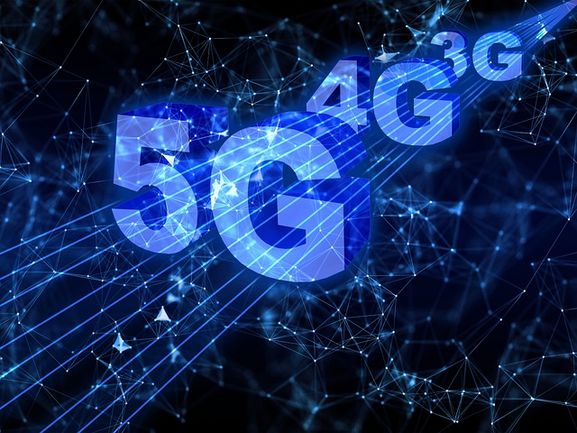If Industry 4.0 can be defined as the connected industry, we are assuming that communication systems are called to play a fundamental role in its development. Especially wireless systems, which in many cases are necessary to avoid the installation and maintenance problems that wired communications can present in a plant.
The connectivity requirements of industrial systems are as varied as the countless 4.0 use cases. Many use cases have all their requirements reasonably covered by current communication systems. However, there are others that still need a push from the communications point of view to develop to their fullest expression, and that, in fact, will not expand until this happens.
It is hoped that 5G will represent the solution to a number of these use cases.
There is a lot of talk about Artificial Intelligence applied to industry, but the data has to be available, even when required in real time.
AR/VR applications are also considered, but we need communication networks to support the transmission of this often heavy content.
5G has some qualities that can make it disruptive in some of these areas. There is more to it than just faster download speed for mobiles. It has several features that enable use cases which have not been possible with previous generations. The most common ones? Self-driving vehicles, massive connection of IoT devices, possibility of deploying private networks, etc.
LECTURER
- Iñigo Arizaga Arcelus - ICT Technology Director
CONTENT
- We will review the main features of 5G and the aspects that make it different from other cellular technologies.
TARGET AUDIENCE
- Anyone who is interested in getting acquainted with the main aspects that differentiate 5G from previous cell generations.
- Developers of industrial systems that have pressing and unmet requirements in terms of wireless bandwidth, latency, mass connection of simple devices, or indoor location.

